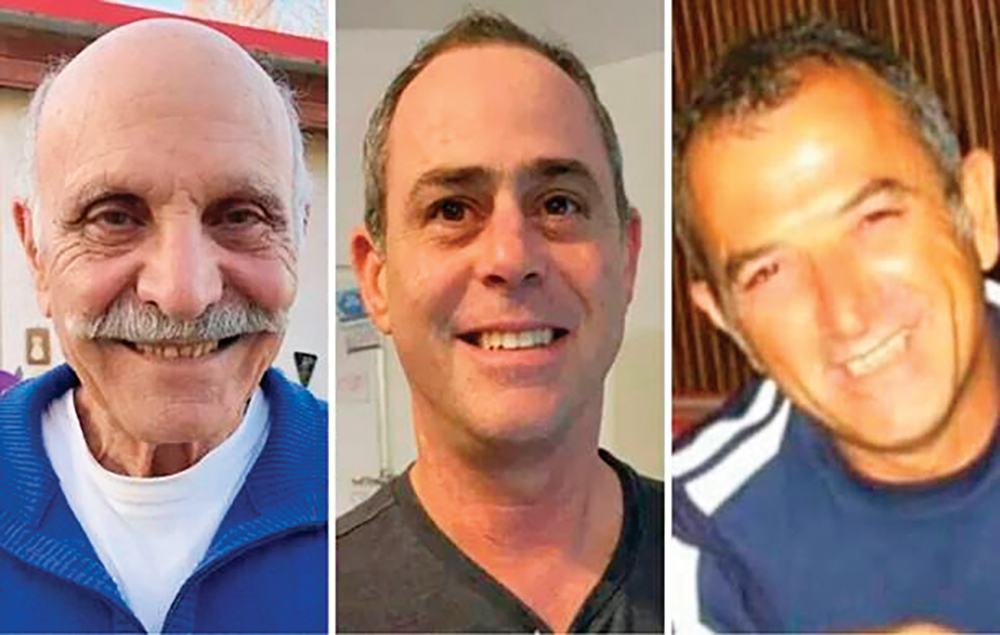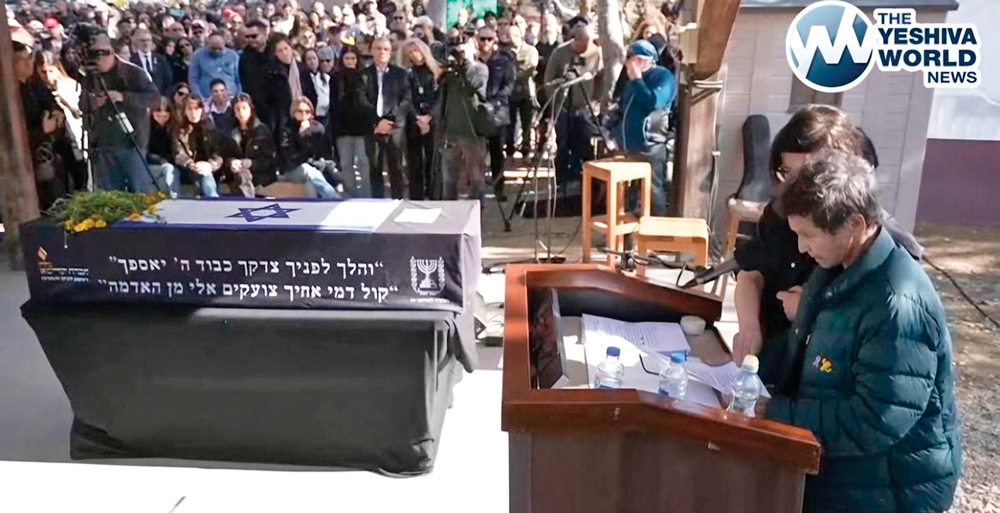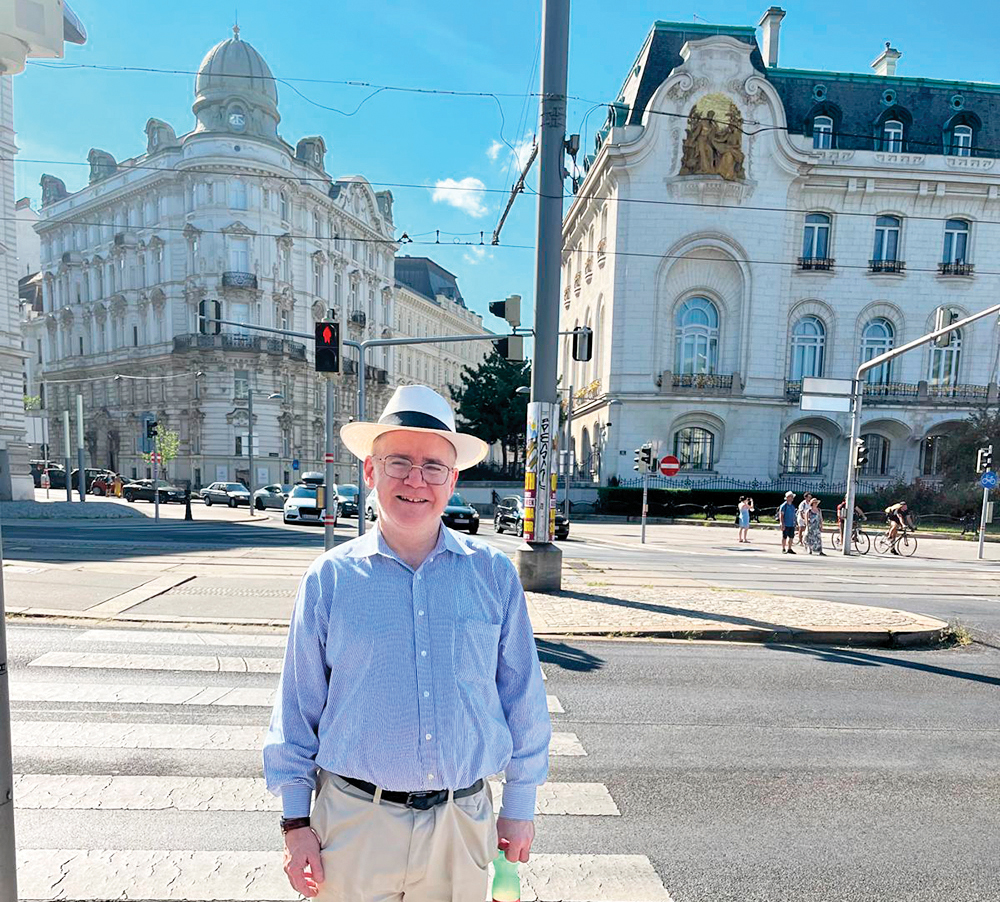Parashat Teruma
The charge given to B’nai Yisrael in this week’s parsha, i.e., to raise funds for the construction of a center of religious worship, is simple to understand. To the nomadic tribes traveling in the desert, tribes that had, up to then, relied on the prayers of their leaders to entreat Hashem, it was essential to shift that responsibility to the people themselves and impress upon them their personal connection to G-d. At the same time, the establishment of a religious center for the nation of Israel was another step in forging a bond between the tribes and changing their perception of the nation from that of loosely connected tribes to one united nation, worshipping their One God in one place. And, if this was true of the Mishkan, whose function is mentioned in our parasha, it was certainly true of the Beit Mikdash, whose construction is detailed in our haftarah.
Some 480 years had passed since God instructed Moshe to build the Mishkan. Throughout that time, the Mishkan served as the focal point for the service of Hashem. It was the center of ritual service, of the sacrificial rites and of the thrice-yearly pilgrimages of the nation. Unfortunately, however, the Mishkan was not successful as a “uniter” of the tribal nation. Throughout the period of the Judges, we find a nation functioning more like a confederation of provinces rather than a united people. In fact, throughout the (more than) 350 years of the Shofetim period, there was never a national army or even a united tribal coalition to battle the enemies. The Mishkan, which had been moved from Gilgal to Shilo by Yehoshua to better centralize its location, was ineffective in attracting the struggling tribes to worship there. Chazal sensed that when they comment that the annual pilgrimages of Elkanah, the father of Shmuel HaNavi’ were made on different routes by the saintly Elkanah in order to attract others to join him in his pilgrimage, as few went to the Mishkan even on the chagim.
After the inspired leadership of Shmuel, King Saul succeeded in uniting the people under his rule and even in forming a national army—the first one since the days of Yehoshua. But tribal jealousies still remained, and worship in the Mishkan was not widely practiced. David Hamelech says this openly when he calls to the people to gather the Kohanim and the Leviim to join in moving the Holy Ark to Yerushalayim and explains to them the importance of that move “ki lo d’rashnuhu biymei Shaul,” “for we failed to worship Him throughout the time of Shaul.” (Divrei HaYamim A 13; 3).
King David, who successfully united the people, felt it time to build a Beit Mikdash to further connect them to each other. He understood that the people, living in their separate tribal settlements, felt little connection one to the other. A magnificent religious center, however, a glorious, palatial edifice, would attract the masses to the Beit Mikdash and would resuscitate the mitzvah of aliya l’regel on the chagim. And that mitzvah would bring the residents of Zevulun down to Yerushalayim where they would meet the pilgrims from Gad-dwelling east of the Yarden, who would be greeted, and even hosted, by the Judean residents of the Holy City! Hashem turned down David’s request to build the Temple but He promised that it would be built by his son, Shlomo.
And that is what our haftarah, taken from Sefer M’lachim A (prakim 5-6), is about.
The single nation worshipping but One God required one center of worship. It was a beautiful edifice, a sanctified place and a center of justice as well.
But, perhaps more important for the often-divided people, it was a place of unity, of peace and of connection to each other.
The Beit HaMikdash, a place where each day the Leviim walked up the 15 stairs and stood singing: “Hineh ma tov uma na’im shevet achim gam yachad!”
Rabbi Neil Winkler is the rabbi emeritus of the Young Israel of Fort Lee, and now lives in Israel.












